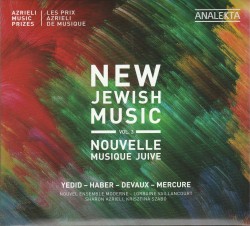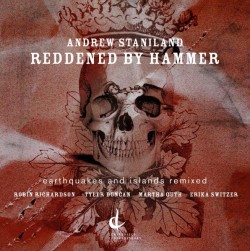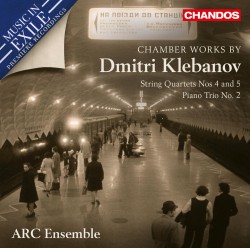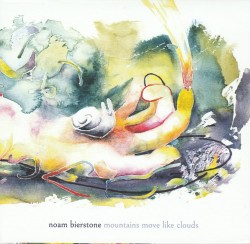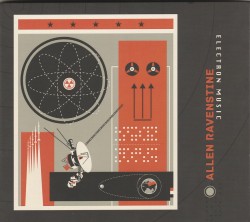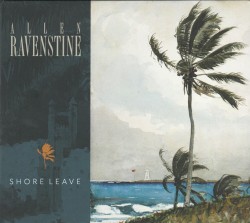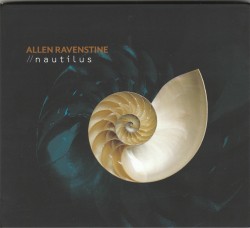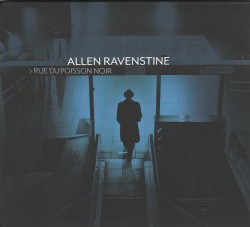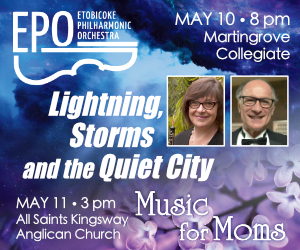Sara Schoenbeck - Sara Schoenbeck; Harris Eisenstadt; Roscoe Mitchell; Mark Dresser; Peggy Lee et al
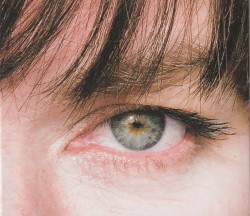 Sara Schoenbeck
Sara Schoenbeck
Sara Schoenbeck; Harris Eisenstadt; Roscoe Mitchell; Mark Dresser; Peggy Lee et al
Pyroclastic Records PR 16 (pyroclasticrecords.com)
As a pioneer of contemporary bassoon, Sara Schoenbeck’s self-titled album of duet collaborations reads almost like a list of party invitees who just happen to be the who’s who of modern improvisers.
Longtime friendships and musical partnerships culminate in a colourful quilt as Schoenbeck travels to recording studios across North America during a global pandemic to reach each collaborator. While her pairings are unique and intimately connected with each artist, Schoenbeck shares that her “deepest musical relationship is with the bassoon itself, the kernel of [her] inspiration.” It might be obvious by now, but it is worth noting that no more important a relationship can be intensified than an artist with their instrument during a pandemic, and each collaboration shines a spotlight on Schoenbeck’s skillful microtonal and multiphonic explorations. Long, arcing tones of bending, creaking, edgy vocalizations and melodic expressions are showcased across a wide and beautiful canvas of both scored and improvised duets.
The haunting and beautiful Lullaby with improvising guitar legend Nels Cline is soaked with a darkly sublime blend of bassoon and ambient electronic extensions that at times feels like one voice, where Suspend A Bridge, with cellist Peggy Lee, seesaws a fine balance between intertwined harmonies and vast textural space. The Sand Dune Trilogy, with Nicole Mitchell on flute, seductively reminds us of Schoenbeck’s symphonic past while simultaneously teasing it apart.
Other collaborators include Harris Eisenstadt, Roscoe Mitchell, Mark Dresser, Matt Mitchell and Wayne Horvitz. The closing track, Robin Holcomb’s Sugar, is a beautiful and unexpected finale – but then, parties do sometimes end with the most interesting, quiet conversations.


